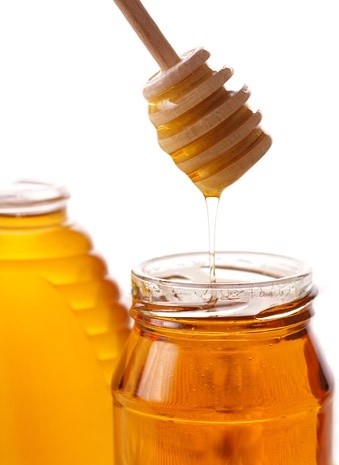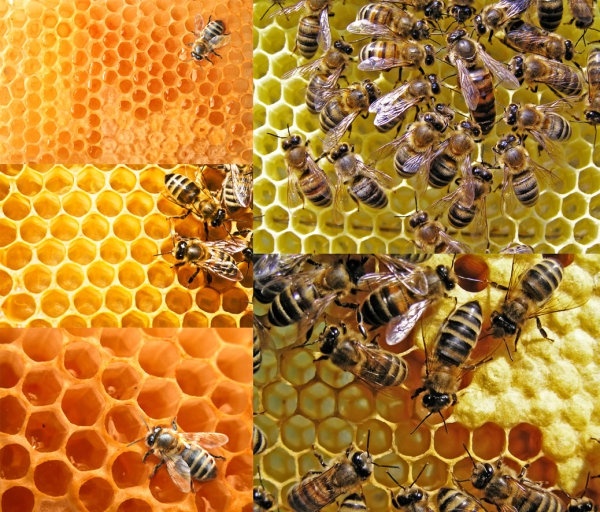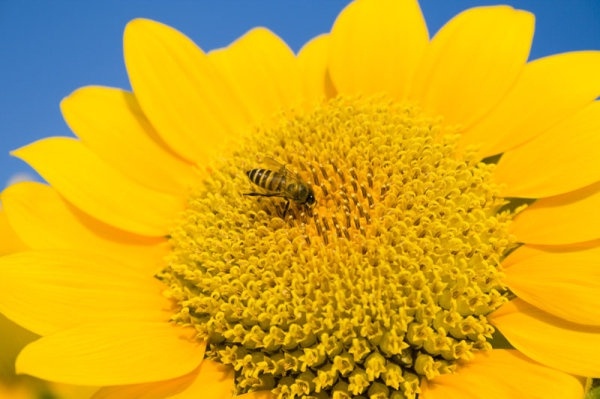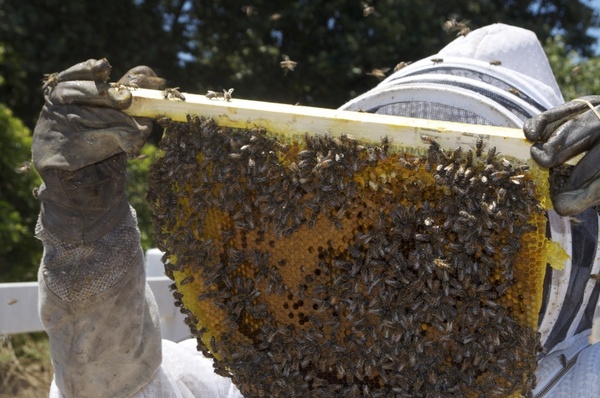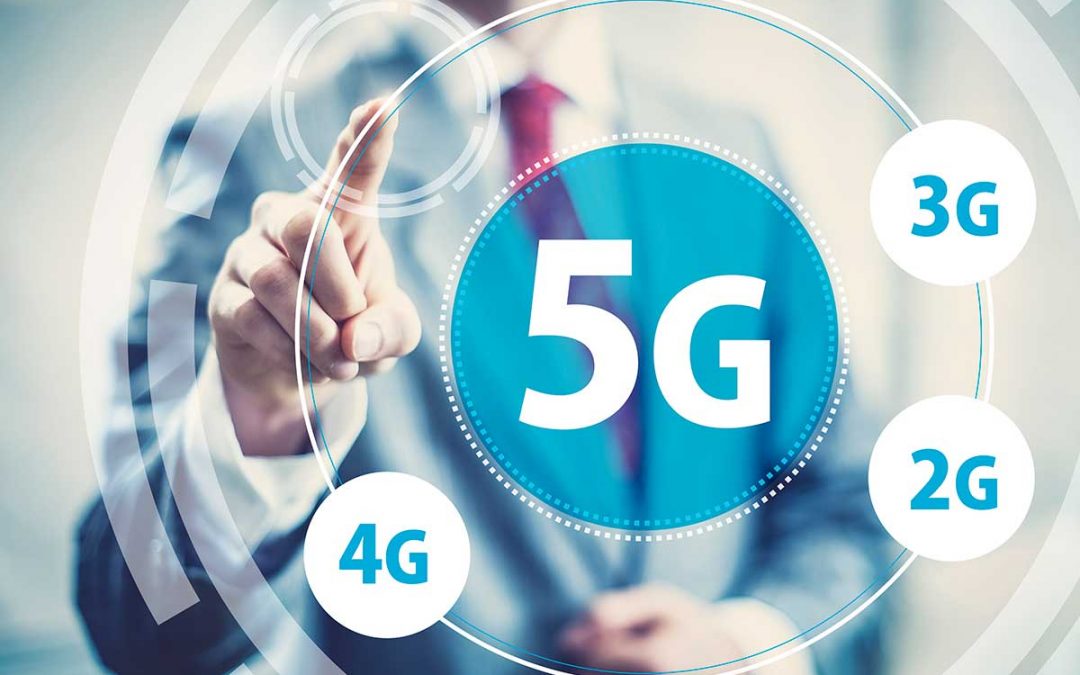Many believe that fresh is best, but this doesn’t mean that frozen food isn’t fresh! At certain times of the year it can be near impossible to find fresh, local produce beyond root vegetables. So what is the second-best choice? Frozen? Or well travelled fresh?
We look at produce, meat, fish and poultry to help you make the freshest choice
PRODUCE
:max_bytes(150000):strip_icc()/135596953-56a30dfd3df78cf7727b9e94.jpg) Most frozen produce is picked at peak season and then immediately frozen to retain nutrients and freshness. Fresh produce from faraway places, on the other hand, loses some of its nutrient value while travelling and then sitting on a shelf for days or longer. But the amount of nutrient loss varies greatly depending on the type of produce.
Most frozen produce is picked at peak season and then immediately frozen to retain nutrients and freshness. Fresh produce from faraway places, on the other hand, loses some of its nutrient value while travelling and then sitting on a shelf for days or longer. But the amount of nutrient loss varies greatly depending on the type of produce.Green leafy vegetables such as spinach and kale are the most delicate and susceptible to nutrient loss, while vegetables and fruit with a skin or shell (think oranges or pumpkin) are more robust and stay nutritionally intact longer. In saying this, leafy greens are so nutrient dense that even when some nutrients are lost, you are still getting plenty in, so don’t let this deter you from getting your greens in! Pick the fresh option when it’s available but know that the frozen is not far behind when it comes nutrients.
MEAT, FISH AND POULTRY
Although they’re not seasonal, meat and fish are also part of the fresh vs. frozen debate. It’s important to know that with fish in particular, unless you caught it yourself, there is not such thing as fresh. All wild-caught fish, by law, has to be frozen in order to kill parasites. When it comes to meat and poultry, the same rules apply as with produce. Freezing them does not take away from nutritional values, yet it may make your meal prepping a little easier.
The most important thing is not to overthink the fresh vs. frozen debate. Chances are, you probably eat fresh food 90% of the time and if you sometimes get snap frozen veggies, or you freeze your protein for another time and that is perfectly fine too. Many people want to subscribe to the principle of fresh, nutritious food that fuels your body and makes you feel good. All our meals have a purpose, to make you feel better, perform better and look better.
But, what about your health?
It's long been assumed that eating fresh fruit and veg is hands down healthier. A number of previous studies have, however casts that common belief in doubt.
In one particular study, a team of scientists from the University of Georgia compared fresh with frozen, as well as a third category dubbed fresh-stored. This mimicked the typical length of time people tend to store fresh produce after buying it, and was found to be around five days.
The researchers focused on these family favourites:
- broccoli
- cauliflower
- corn
- green beans
- green peas
- spinach
- blueberries
- strawberries
To judge how fresh each product was, the scientists measured levels of key nutrients, including vitamin C, vitamin A and folate. In many cases there was little difference between the fresh, fresh-stored and frozen varieties. But, where the researchers noted vast differences, they found the frozen produce outshone the fresh counterparts.
A common misconception is that fresh produce is the healthier option, experts say. The findings of this study do not support the common belief that fresh food has significantly greater nutritional value than its frozen counterpart. In the cases of significant differences, frozen produce outperformed 'fresh-stored' more frequently than 'fresh-stored' outperformed frozen.
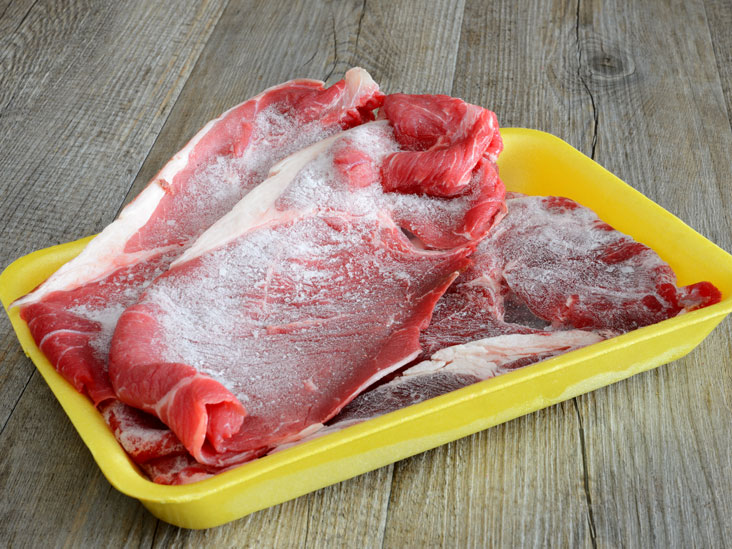 The reason why frozen is often better for you, is down to the point at which it is placed on ice. A technique called fresh freezing ensures food is chilled quickly, often not long after it's picked. As a result the nutrients and goodness are trapped in at source. Though they may look freshly picked, chances are the produce in the fruit and veg aisle at most supermarkets has spent some time from when it's picked, being transported to the store and then home.
The reason why frozen is often better for you, is down to the point at which it is placed on ice. A technique called fresh freezing ensures food is chilled quickly, often not long after it's picked. As a result the nutrients and goodness are trapped in at source. Though they may look freshly picked, chances are the produce in the fruit and veg aisle at most supermarkets has spent some time from when it's picked, being transported to the store and then home.And the longer that time takes, the fewer vitamins and minerals will survive. Frozen vegetables are usually nutritionally equivalent to fresh vegetables because they're generally flash-frozen on site, immediately after harvest. This kind of processing may degrade some nutrients while making others more bioavailable. Therefore fruit and veg don't have to be fresh to pack a healthy punch.
Frozen mixed berries can be blended into a smoothie or frozen peas can be cooked and served on the side or added to a tasty dish such as risotto. Additionally, opting for frozen over fresh could save the average family more than £260 a year. Comparing 10 baskets of fresh and frozen items at Tesco, we found the ice-chilled variety was more than £10 cheaper than the fresh one.
Regardless of whether you opt for fresh or frozen, it's important to include as many fruit and vegetables in your diet. The NHS advises everyone to aim for five-a-day, as part of a healthy balanced diet. The five-a-day campaign is based on World Health Organisation guidelines, which recommends eating 400g of fruit and veg a day to lower the risk of serious health problems, including heart disease, stroke and some cancers.
